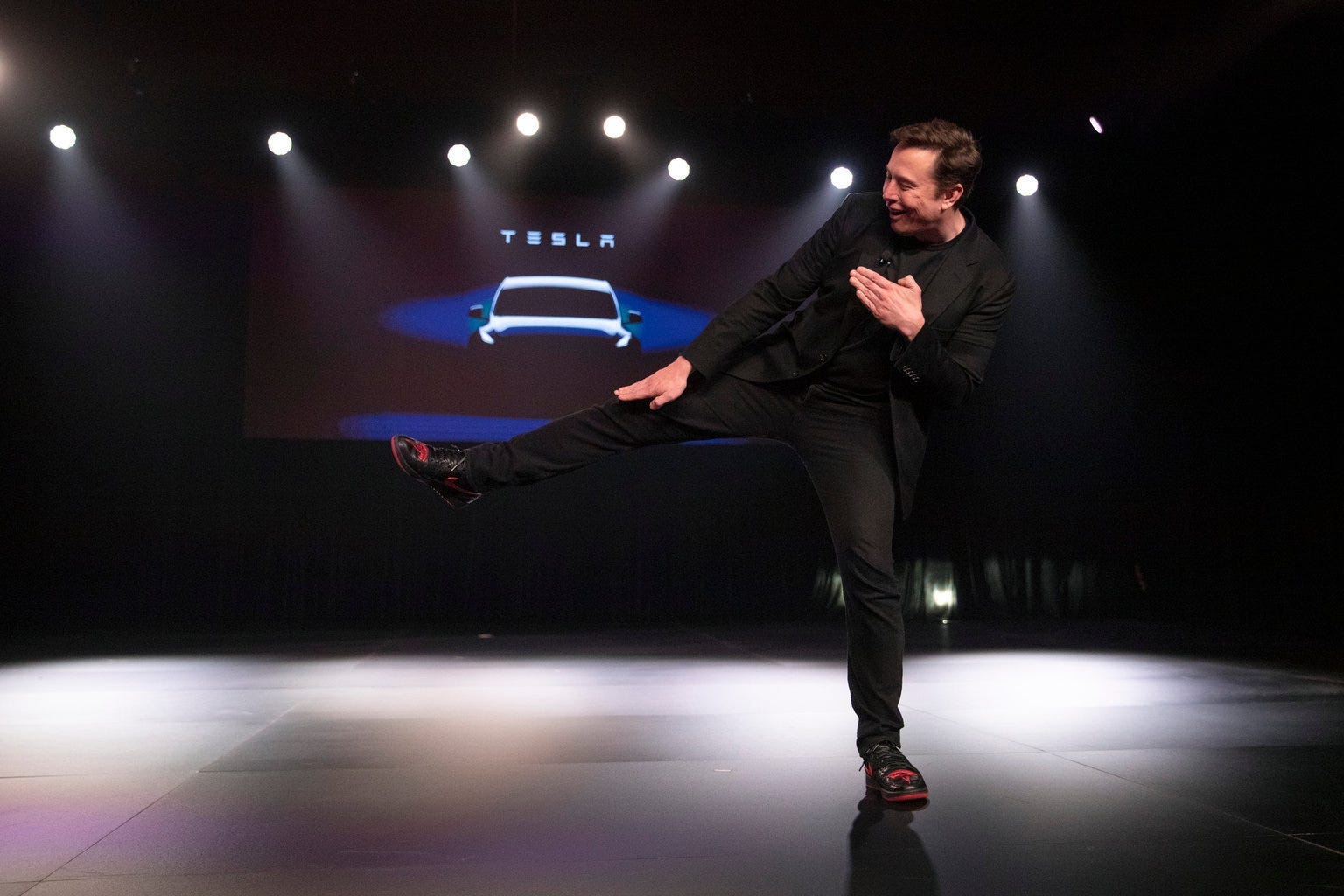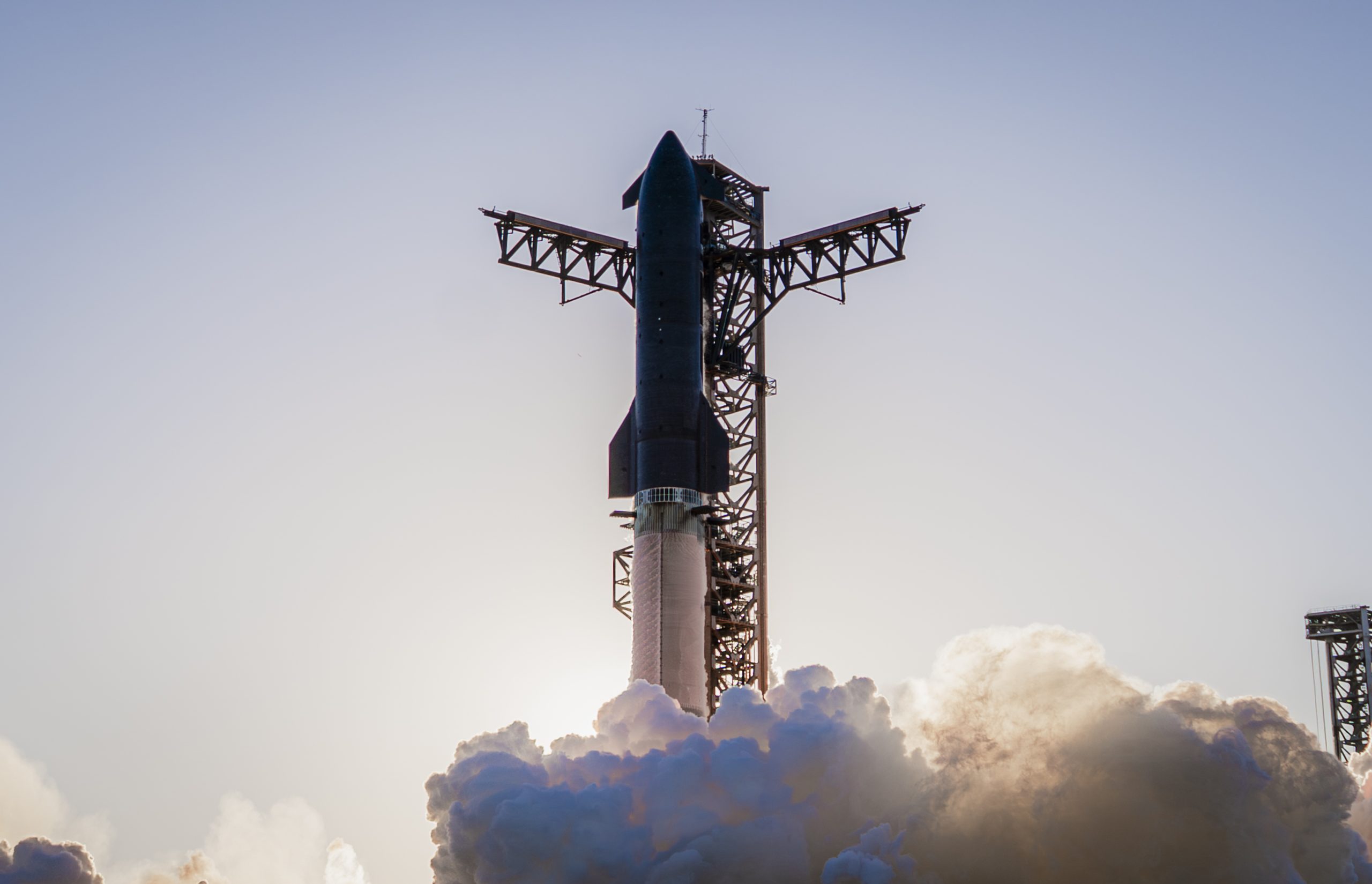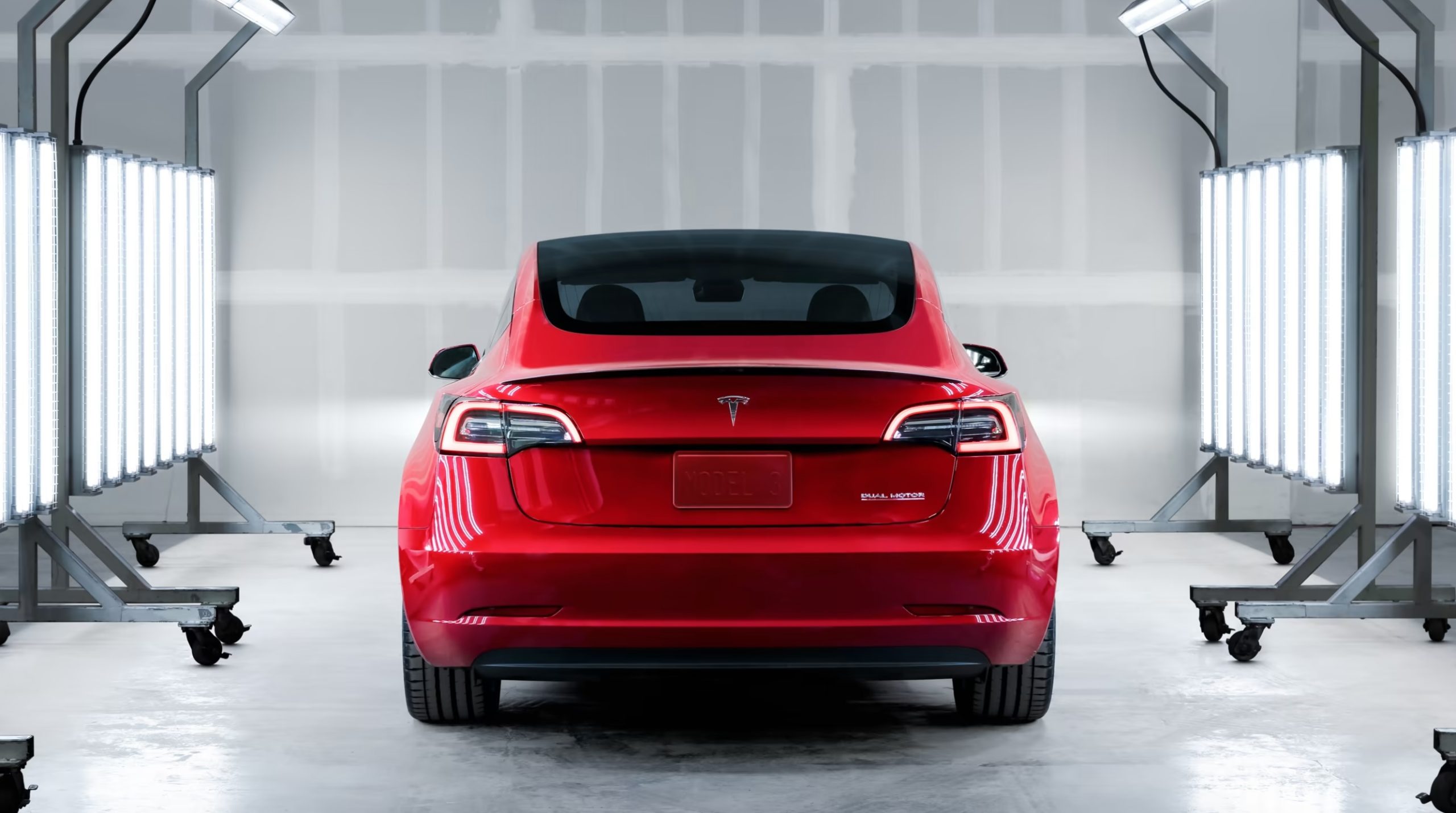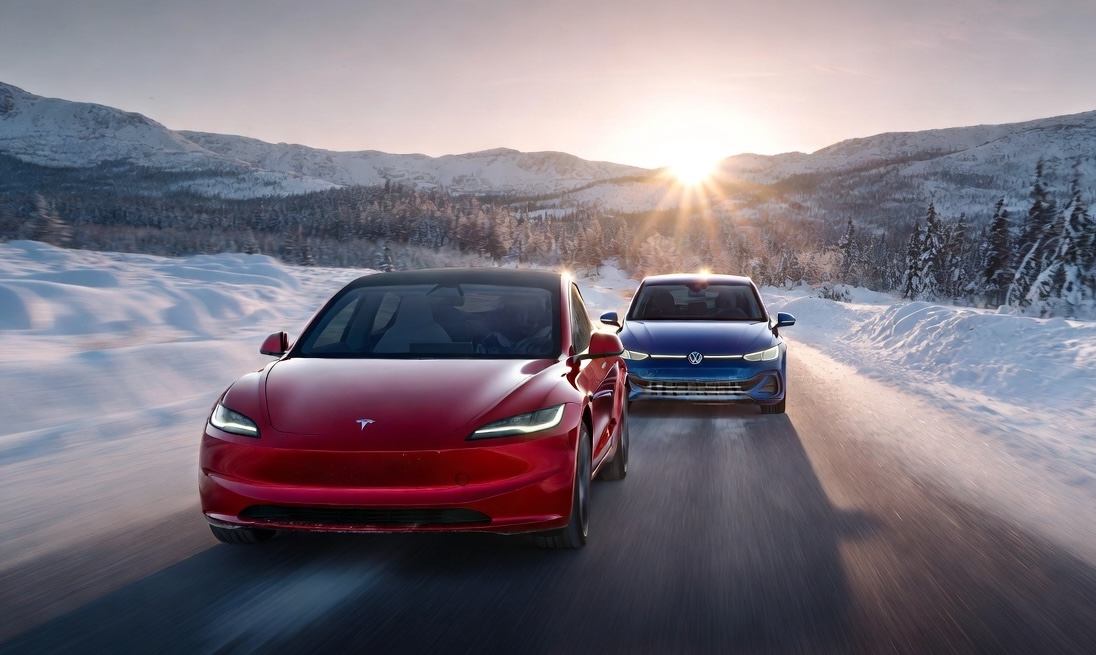

News
Elon Musk is redefining the ‘ICE age,’ turning combustion engine cars into museum relics
Tesla might be bringing in a new definition for the term “Ice Age.” Instead of “a long period of reduction in the temperature of the Earth’s surface and atmosphere, resulting in the presence or expansion of continental and polar ice sheets and alpine glaciers,” Tesla’s Ice Age has to do with the disappearance of ICE, meaning Internal Combustion Engines. A relatively small percentage of the world’s vehicles are powered by battery cells, with the overwhelming majority of passenger modes of transportation being fueled by gasoline or diesel. However, Tesla is turning the tide by offering enhanced battery cell technology and making their cars more appealing than their gas counterparts.
Simply put, the development of Tesla’s battery-powered cars are bringing in a new era of transportation. Soon enough, gas cars will be the minority, and Teslas, along with other electric vehicles, will be the most popular cars on the road. How this will happen for the next twenty to thirty years comes down to the development of electric vehicles and the process of making them better than their adversary. Without a doubt, Tesla and Elon Musk are leading the charge.
Interestingly, Musk’s development of affordable electric transport is strikingly similar to Henry Ford’s development of the Model T. In 1908, Ford produced the first Model T, a step toward making cars a more mainstream and widely-affordable type of transportation for everyday people. While the rich and wealthy had been riding around in cars since the 1880s, Ford knew that the way cars were made had to be streamlined and that people would eventually need something affordable.
One hundred years after Ford produced the first Model T, Tesla was releasing the first Roadster. An expensive, but functional and revolutionary machine, the Roadster was really the first electric car that could be taken seriously. It had performance, range, and a car company that was only focusing on EVs had built it, so consumers knew it was the specialty of the company, not just some interesting side project.
The similarities between the two situations are resemblant to each other because both Musk and Ford knew that: 1) Transportation had to be revolutionized, and 2) Cars needed to be affordable.
Before the first cars were being built, people were primarily traveling by horse and buggy, by water, or by passenger trains. A combustion engine was the next best thing at the time because Ford knew how to make it affordable for the average person. It also gave people the freedom to travel where they wanted, and the time they desired instead of being packed into train cabins like a pack of sardines.
This is a preview from our weekly newsletter. Each week I go ‘Beyond the News’ and handcraft a special edition that includes my thoughts on the biggest stories, why it matters, and how it could impact the future.
Musk’s situation is that, while cars were already functional and nearly everybody had one, the industry needed to be revolutionized once again. Gas cars dominated the market because there was really no other option, but Musk saw a better way.
While the 2008 Roadster certainly wasn’t a perfect fit into everyone’s financial plan, it gave Tesla a headstart in the EV sector. Tesla was forced to work out the kinks that other car companies are experiencing now early on in its existence. The car’s hefty price tag definitely wasn’t for everyone. Still, it allowed Tesla to round up additional cash for its future projects, which included more affordable models and ramped production lines.
It is pretty rare that anyone sees a Model T on the road. Apart from if you’re in Los Angeles and you happen to see Jay Leno strolling around in his, or if you’re at Hershey Park riding on the Sunoco “Fast Lane” ride, you’re more than likely not going to see one puttering around. The fact that many people have never seen a Model T in real life is a sneak preview of what is to come in the automotive industry over the next 50 to 100 years: a disappearance of gas-powered cars. In their place, electric vehicles will roam the streets, free of noise and fossil fuel-driven pollution.
While the combustion engine was improved over time to increase efficiency and performance, the same thing needed to be done with batteries. Tesla’s Battery Day event on Tuesday brought to light how the electric automaker plans to deal with this roadblock. The company’s cars need to continue to improve. Efficiency needs to get better, longevity, performance, you name it. Tesla unveiled a new battery cell during the event that will effectively usher in the beginning of the new ICE Age.
Tesla debuts new 4680 battery cell: 500% more energy, 6X power, range increase
With the developments, gas-powered engines are beginning to appear pointless. When the cost of battery cell manufacturing goes down, people will be forced to reconsider what they’re driving now, especially if it is a gas-powered vehicle. While EVs are already appealing because of their low maintenance requirements, they will also be the same price as gas cars within the next 3-5 years, which is really the biggest factor in why consumers buy cars, to begin with.
Just like a tube television, in a few decades, the young children will point at cars with tailpipes and say, “Mommy, what’s that Tesla with a pipe coming out of the back of it?” The Mother will answer, “Oh honey, that’s a gas car. They’ve been extinct for nearly 20 years.” This conversation will happen while both begin to breathe significantly cleaner air, and the average global temperature will be reduced. Not to mention, the quick back and forth will also occur at an Automotive History Museum, because gas cars will be so rare, that will be the only place most will see them.
A big thanks to our long-time supporters and new subscribers! Thank you.
I use this newsletter to share my thoughts on what is going on in the Tesla world. If you want to talk to me directly, you can email me or reach me on Twitter. I don’t bite, be sure to reach out!

Elon Musk
SpaceX maintains unbelievable Starship target despite Booster 18 incident
It appears that it will take more than an anomaly to stop SpaceX’s march towards Starship V3’s refinement.

SpaceX recently shared an incredibly ambitious and bold update about Starship V3’s 12th test flight.
Despite the anomaly that damaged Booster 18, SpaceX maintained that it was still following its plans for the upgraded spacecraft and booster for the coming months. Needless to say, it appears that it will take more than an anomaly to stop SpaceX’s march towards Starship V3’s refinement.
Starship V3 is still on a rapid development path
SpaceX’s update was posted through the private space company’s official account on social media platform X. As per the company, “the Starbase team plans to have the next Super Heavy booster stacked in December, which puts it on pace with the test schedule planned for the first Starship V3 vehicle and associated ground systems.”
SpaceX then announced that Starship V3’s maiden flight is still expected to happen early next year. “Starship’s twelfth flight test remains targeted for the first quarter of 2026,” the company wrote in its post on X.
Elon Musk mentioned a similar timeline on X earlier this year. In the lead up to Starshp Flight 11, which proved flawless, Musk stated that “Starship V3 is a massive upgrade from the current V2 and should be through production and testing by end of year, with heavy flight activity next year.” Musk has also mentioned that Starship V3 should be good enough to use for initial Mars missions.
Booster 18 failure not slowing Starship V3’s schedule
SpaceX’s bold update came after Booster 18 experienced a major anomaly during gas system pressure testing at SpaceX’s Massey facility in Starbase, Texas. SpaceX confirmed in a post on X that no propellant was loaded, no engines were installed, and personnel were positioned at a safe distance when the booster’s lower section crumpled, resulting in no injuries.
Still, livestream footage showed significant damage around the liquid oxygen tank area of Booster 18, leading observers to speculate that the booster was a total loss. Booster 18 was among the earliest vehicles in the Starship V3 series, making the failure notable. Despite the setback, Starship V3’s development plans appear unchanged, with SpaceX pushing ahead of its Q1 2026 test flight target.
News
Tesla Sweden faces fresh union blockade at key Gothenburg paint shop
Allround Lack works with painting and damage repair of passenger cars, including Teslas.

Tesla’s ongoing labor conflict in Sweden escalated again as the trade union IF Metall issued a new blockade halting all Tesla paintwork at Allround Lack in Gothenburg.
Allround Lack works with painting and damage repair of passenger cars, including Teslas. It currently employs about 20 employees.
Yet another blockade against Tesla Sweden
IF Metall’s latest notice ordered a full work stoppage for all Tesla-related activity at Allround Lack. With the blockade in place, paint jobs on Tesla-owned vehicles, factory-warranty repairs, and transport-damage fixes, will be effectively frozen, as noted in a report from Dagens Arbete. While Allround Lack is a small paint shop, its work with Tesla means that the blockade would add challenges to the company’s operations in Sweden, at least to some degree.
Paint shop blockades have been a recurring tool in the longstanding conflict. The first appeared in late 2023, when repair shops were barred from servicing Tesla vehicles. Days later, the Painters’ Union implemented a nationwide halt on Tesla paint work across more than 100 shops. Since then, a steady stream of workshops has been pulled into the conflict.
Earlier blockades faced backlash from consumers
The sweeping effects of the early blockades drew criticism from industry groups and consumers. Employers and industry organization Transportföretagen stated that the strikes harmed numerous workshops across Sweden, with about 10 of its members losing about 50% of their revenue.
Private owners also expressed their objections. Tibor Blomhäll, chairman of Tesla Club Sweden, told DA in a previous statement that the blockades from IF Metall gave the impression that the union was specifically attacking consumers. “If I get parking damage to my car, I pay for the paint myself. The company Tesla is not involved in that deal at all. So many people felt singled out, almost stigmatized. What have I done as a private individual to get a union against me?” Blomhäll stated.
In response to these complaints, IF Metall introduced exemptions, allowing severely damaged vehicles to be repaired. The union later reopened access for private owners at workshops with collective agreements. The blockades at the workshops were also reformulated to only apply to work that is “ordered by Tesla on Tesla’s own cars, as well as work covered by factory warranties and transport damage on Tesla cars.”
News
Tesla breaks Norway’s all-time annual sales record with one month to spare
With November alone delivering 4,260 new registrations, Tesla has cemented its most dominant year ever in one of Europe’s most mature EV markets.

Tesla shattered Norway’s decade-old annual sales record this month, overtaking Volkswagen’s long-standing milestone with over one month still left in the year. Backed by surging demand ahead of Norway’s upcoming VAT changes, Tesla has already registered 26,666 vehicles year-to-date, surpassing Volkswagen’s 2016 record of 26,572 units.
With November alone delivering 4,260 new registrations month-to-date, Tesla has cemented its most dominant year ever in one of Europe’s most mature EV markets.
Model Y drives historic surge in Norway
Tesla’s impressive momentum has been led overwhelmingly by the Model Y, which accounted for 21,517 of Norway’s registrations this year, as noted in a CarUp report, citing data from Elbil Statistik. The Model 3 followed with 5,087 units, while the Model S and Model X contributed 30 and 19 vehicles, respectively. Even the parallel-imported Cybertruck made the charts with 13 registrations.
Demand intensified sharply through autumn as Norwegian buyers rushed to secure deliveries before the country’s VAT changes take effect in January. The new regulation is expected to add roughly NOK 50,000 to the price of a Model Y, prompting a wave of early purchases that helped lift Tesla beyond the previous all-time record well before year-end.
With December still ahead, Tesla is positioned to extend its historic lead further. Needless to say, it appears that Norway will prove to be one of Tesla’s strongest markets in Europe.
FSD could be a notable demand driver in 2026
What’s especially interesting about Tesla’s feat in Norway is that the company’s biggest selling point today, Full Self-Driving (Supervised), is not yet available there. Tesla, however, recently noted in a post on X that the Dutch regulator RDW has reportedly committed to issuing a Netherlands national approval for FSD (Supervised) in February 2026.
The RDW posted a response to Tesla’s post, clarifying the February 2026 target but stating that FSD’s approval is not assured yet. “The RDW has drawn up a schedule with Tesla in which Tesla is expected to be able to demonstrate that FSD Supervised meets the requirements in February 2026. RDW and Tesla know what efforts need to be made to make a decision on this in February. Whether the schedule will be met remains to be seen in the coming period,” the RDW wrote in a post on its official wesbite.
If FSD (Supervised) does get approved next year, Tesla’s vehicles could gain a notable advantage over competitors, as they would be the only vehicles on the market capable of driving themselves on both inner-city streets and highways with practically no driver input.








